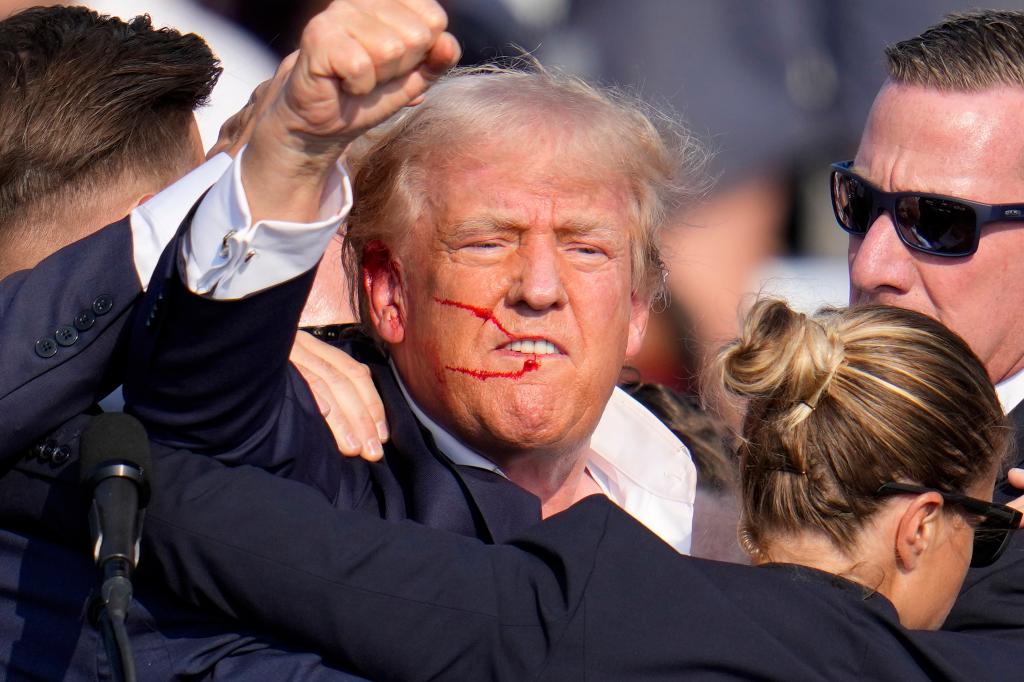The July 13 assassination attempt on former President Trump has been analyzed in a preliminary report from the Senate Committee on Homeland Security and Governmental Affairs. The report highlights multiple failures within the Secret Service’s planning and execution of security at the event, resulting in the shooting of a spectator and injuring two others along with former President Trump. These failures included unclear roles and responsibilities, lack of coordination with law enforcement, and inoperable C-UAS systems, among many others.
One of the key failures identified in the report was the lack of experience and training of the agent responsible for drone equipment. The agent had only received an hour of informal training and had to call a tech support hotline for help after a request for additional unmanned assets was denied. Furthermore, communication issues, coordination problems with local law enforcement, and a failure to prevent Trump from taking the stage despite suspicions of a threat were also outlined in the report.
The report suggested that the Secret Service had denied requests for additional resources ahead of the rally, including drone equipment and additional counter-assault agents. Additionally, there were concerns raised by local law enforcement about the AGR building’s rooftop being unsecured, which eventually led to the shooter taking position on the roof during the attack. The failures highlighted in the report point to a series of missteps during the planning and execution of security measures for the event.
The report also mentioned that there was a lack of a clear chain of command and communication breakdowns during the incident. Acting Director Ronald Rowe admitted that communications delays hampered vital information before the shooting, with several Secret Service members facing technical problems with their radios. There were also criticisms of the deflection of blame by officials involved in the planning and scouting for the rally, highlighting the need for better coordination and clearer leadership within the agency.
In response to the report’s findings, the U.S. Secret Service Chief of Communications, Anthony Guglielmi, emphasized the need for change in protective operations and security measures to prevent similar incidents in the future. The Secret Service has implemented changes to elevate the protective posture for protectees and enhance communication and interoperability with federal, state, and local partners during protective events. The report also delved into the second assassination attempt on Trump in September, where a suspect was arrested after pointing a rifle at the former president while he was golfing at a club in Florida.
In conclusion, the Senate Committee’s report sheds light on the failures of the Secret Service in planning and executing security measures at the July 13 rally where former President Trump was targeted. The findings highlight a series of missteps, including inadequate training of agents, communication breakdowns, and a lack of coordination with local law enforcement. The report stresses the need for clearer leadership, better coordination, and improved communication to prevent such incidents in the future. The Secret Service has acknowledged the need for changes in protective operations to enhance safety and security measures for protectees during events.


